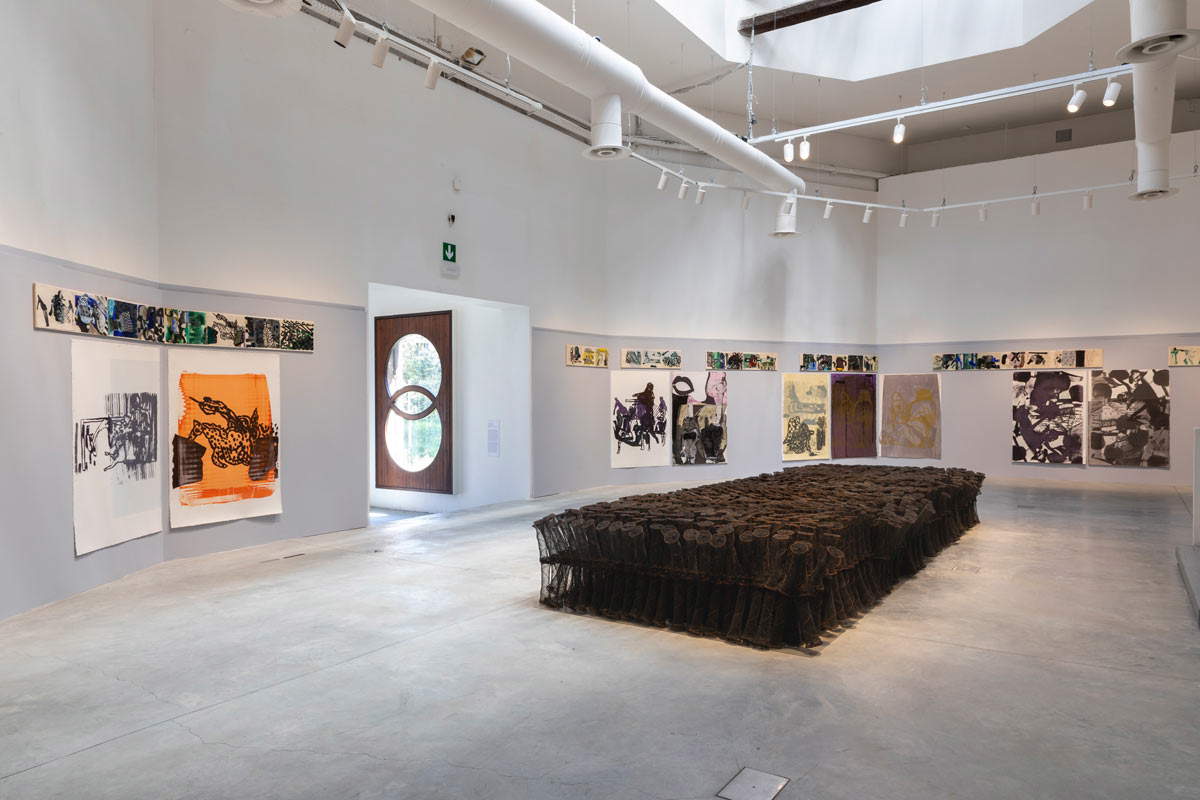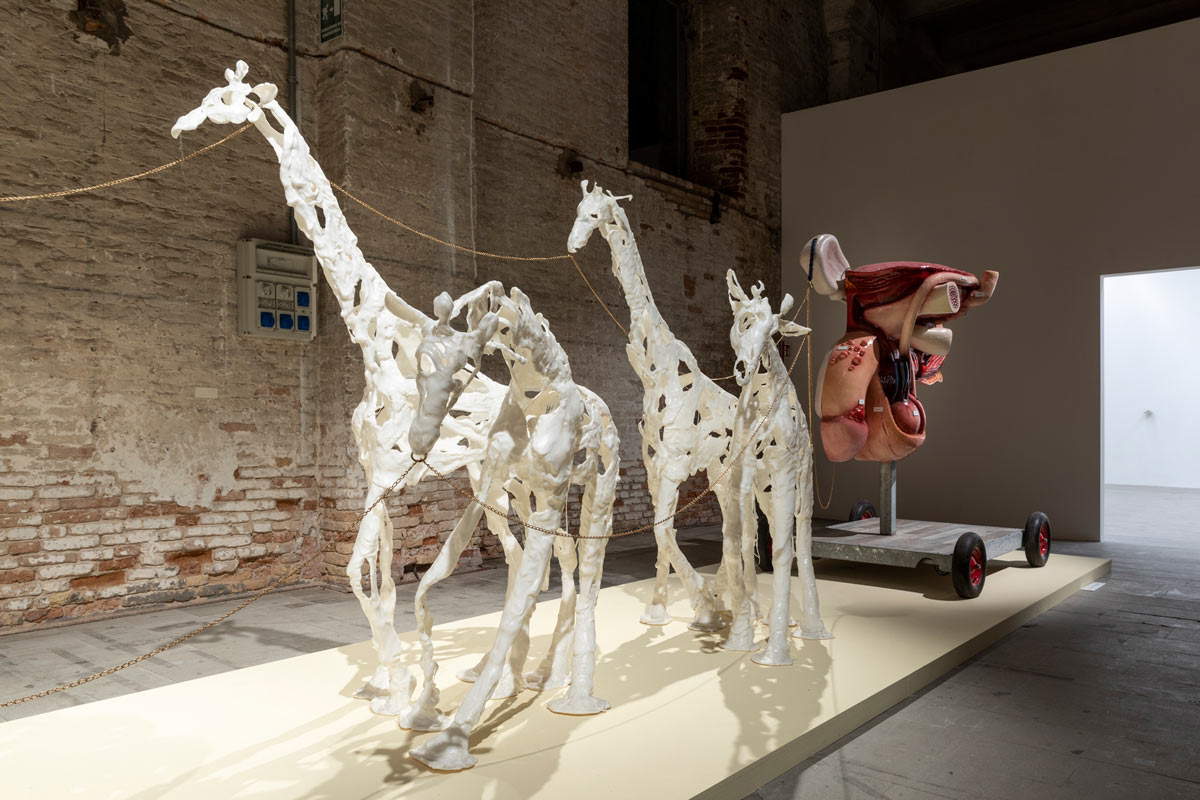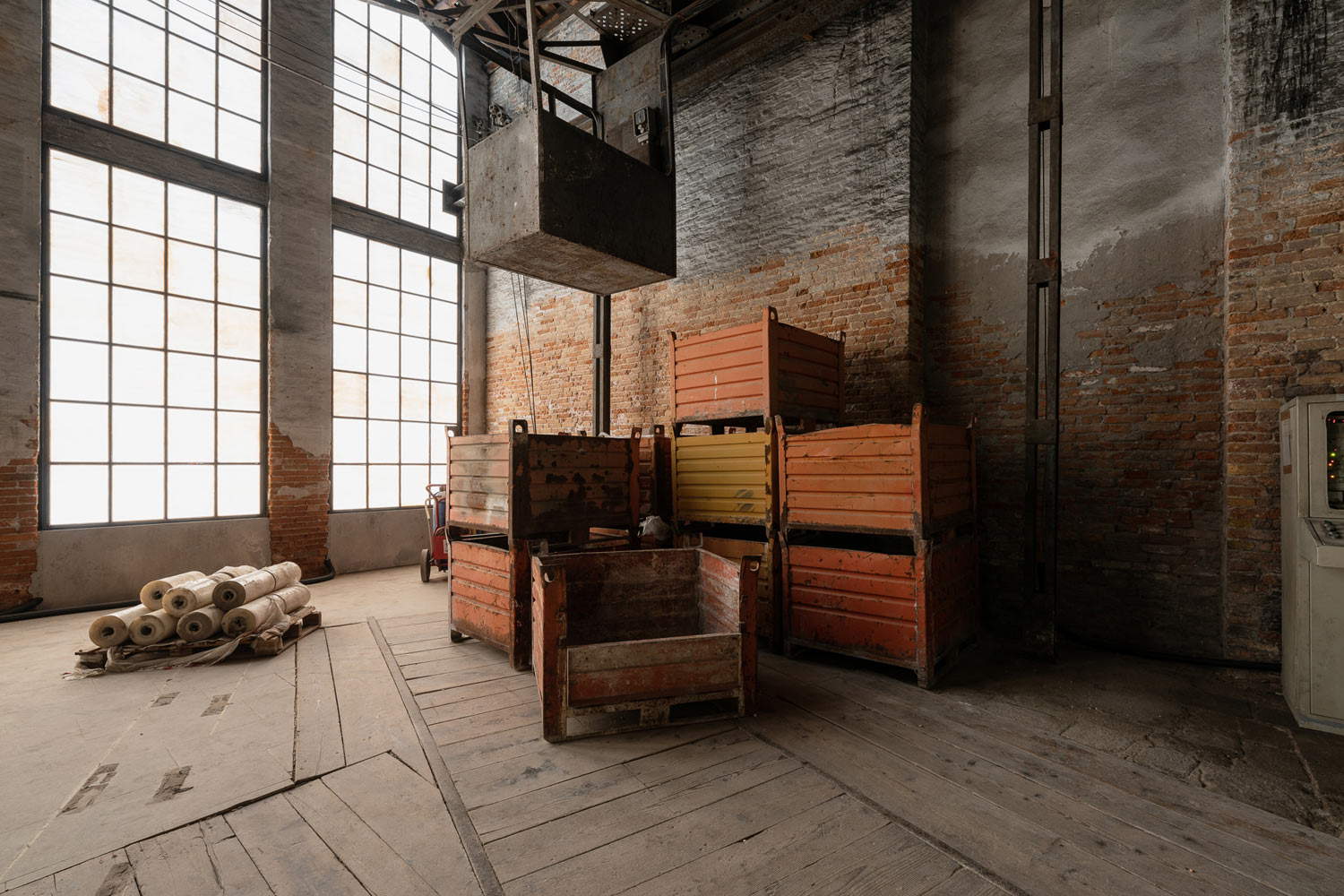Does the average Venice Biennale audience want to learn or do they want to have fun?
In 2008 an expert on Biennales who did not want to be considered an art historian, Gillo Dorfles, noted that exhibitions were already occupying the “free time” of Italians as an alternative to visits to shopping malls, restaurants, and gambling halls: “many of the spectators who pass through the halls of the Venice Biennale [...] show satisfaction in seeing oddities of all sorts, even though they do not fully understand their meanings. This is now because provocation and rule-breaking [...] have become fashionable [...], appealing to the uncritical adherence of the viewers. [...] There is certainly an actual desire for knowledge that drives thousands of people to devote part of their free time to visiting an exhibition. A desire that has grown, it must be said, hand in hand with the development of a more evolved conception, especially in terms of marketing, of the exhibition event.” For at least half a century, the Biennale has not aspired to present an international canon of works and artists; it often exhibits a canon calibrated to the here and now of the previous biennium, at the behest of one or more curators who have not been art historians for decades: this year the present coincides with the plague, the war, the role of women in the art system. An inexperienced visitor often chooses contemporary art at the Biennale believing that it is more democratic than ancient art, which would require to be understood with the help of historical knowledge. Thus a tourist goes to Venice for the first time and perhaps defers to public spaces for the public art of Verrocchio, Titian and Tiepolo.
So the selection of the route depends on the eye of the beholder and expectations, professional or tourist. If one ascribes to the Biennale a testimonial role, as a universal exposition of world art trends, it is difficult for an average visitor to leave with clear ideas. If, on the other hand, one visits the Biennale in the same spirit with which one went to the Expo or with which one goes to the Salone del mobile and Fuori Salone, the experience is likely to be satisfying. As with similar diversions, one will also find appropriate the cost of the ticket, which for non-residents has a base price to which must be added the costs of travel, accommodation, food and miscellaneous: a figure not exactly within the reach of an Italian family with average monthly salaries.



The yardstick for evaluating the success of a Biennale edition today is the number of paying visitors. For those who teach, do research and popularize science, and for artists, on the other hand, the parameters are different, are ascertained over time, and have spin-offs, including market spin-offs, that are alternative to those of detached tickets. A few examples. In 1948, the Greek pavilion that hosted Peggy Guggenheim’s collection of Surrealist, Modernist and Abstract Expressionist art at the first postwar Biennale zeroed in on traditional geopolitical categories (there was a civil war in Greece), successfully juxtaposed the last name of the owner of the works with the names of the exhibiting countries, and caused the American collector and talent-scout to exclaim, “It felt like a new European country.” In 1964, the Golden Lion to Rauschenberg shifted the axis of taste and market from Europe to the U.S., sanctioning the success of Pop Art in Europe as well: it was the Biennale in which Schifano exhibited his large paintings for large walls, painted in New York right next to the Pop artists. In 1972 Willem de Kooning returns to Venice to visit a transitional Biennale (see below), but what his memory (which is beginning to crumble) will try to reproduce on his return to the U.S. is the chromaticism of Tiepolo. In 1995, the Biennale is an opportunity to make the history of twentieth-century art from a genre, the portrait, around which to build an exhibition and catalog, which thus becomes a reference book overseen by experienced scholars, not a coffee table book: this is the case with the exhibition Figures of the Body 1895 / 1995 with which Jean Clair is celebrating the centenary anniversary of the Biennale by working with an art historian, Adalgisa Lugli, a scholar of the history of collections, exhibitions and museums, of plastics from the fifteenth to the twentieth century and married to an artist, thus adequately prepared to organize an attractive and even reliable itinerary on the “renaissances” that succeeded each other up to 1995.
It is complicated to master a litmus test during a visit if one is not able to make a pre-selection of what to see based on quality. You run the risk of not understanding anything, even if you are guided by experts, if they are speaking in critiques. Indeed, a simple tourist might express the same perplexity as uneducated traders who communicate only in Romanesque during a visit to the 1978 XXXVIII Biennale Dalla natura all’arte, dall’arte alla natura, parodied in Le vacanze intelligenti by Alberto Sordi (already in 1958 a sarcastic critic of the incommunicability of Alberto Viani’s Biennale sculpture in portraits taken by Cameraphoto for Oggi). As part of a healthy and up-to-date travel program that also includes slimming down (at the Biennale one can walk for days), the couple ends up convincing themselves that monumental conceptual sculpture coincides with the impenetrable “things that we can’t understand,” and misunderstands the coincidence between support and work believing that “here there’s not a dick to see.” For that matter, even today she who curates the main exhibition of the Biennale can declare that she is disinterested in the public that will guarantee the success of the edition by paying a ticket: “the relationship with the public does not worry me. I did not set out to pander to it; there can be different levels of reading for the same work.”
The average contemporary art audience is the same one that does not specifically prepare for a play by a living playwright, a rock concert or a fashion show. At most, they read interviews with the playwright, director, singer, fashion designer, curators and leading artists. For the Biennale, of course, one can read the catalog first, when it has come out in time for the opening, but it is almost always written in Criticismese, a language different from the technical referential lexicon suitable for art historical popularization; thus a reader will find scant support in reading for understanding what he or she sees; on the contrary, he or she will perhaps be more confused by it. The critical language from Biennale comes “from the sociology and humanities of the neo-bourgeois world”; the curators studied philosophy, aesthetics, marketing, not art history, history, literature, linguistics. In the year when there is so much talk about Pasolini, it is worth remembering that it was he who denounced the gap between works and the critical language of contemporary art, which is customary today, right from an edition of the Biennale, the 1972 one whose carrier exhibition was Opera o comportamento. The theme fell to one of Longhi’s more complex pupils, Francesco Arcangeli, who delegated the selection of artists to Renato Barilli. As an alternative to non-figurative painting, at the Biennale comes behavior art from which one does not know what to expect and whose success depends on the audience’s emotional reaction, not on its visual and art-historical culture. And it turns out that the average Biennale audience does not want to learn, it wants to be entertained.
Warning: the translation into English of the original Italian article was created using automatic tools. We undertake to review all articles, but we do not guarantee the total absence of inaccuracies in the translation due to the program. You can find the original by clicking on the ITA button. If you find any mistake,please contact us.





























